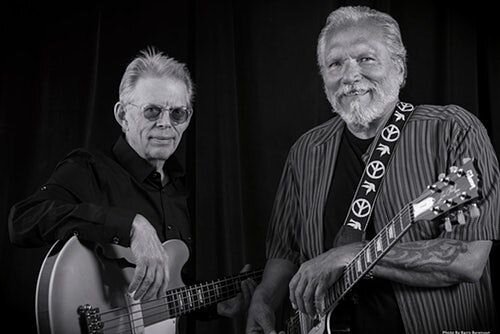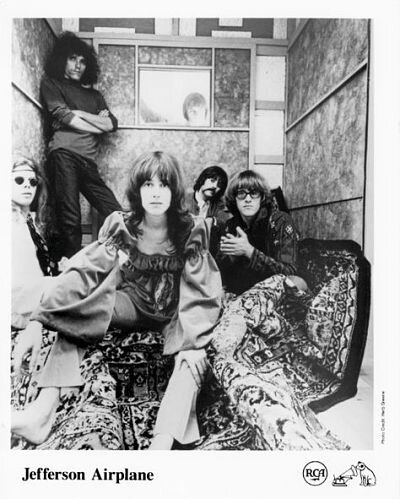Jack Casady (Jefferson Airplane, Hot Tuna)


Photo courtesy of Hot Tuna Com
The most stunning aspect of Jean Luc-Goddard’s film of Jefferson Airplane rendering “House at Pooneil Corners” atop a roof in midtown Manhattan on December 7, 1968 – weeks before the Beatles pulled the exact same filmed stunt replete with police intervention on Savile Row in London – is how it accurately captures the massive resonance of Jack Casady’s bass artistry ricocheting off the sooty Gotham skyscrapers on that frigid winter day. At the time Jack was playing a Guild Starfire II bass run through a Versatone amplifier.
Jefferson Airplane “House at Poolneil Corners” New York City https://youtu.be/vuwMEiNg3B8
Akin to his peer Jack Bruce, Jack Casady expanded the harmonic language of the bass with his fearless forays into the instrument’s upper register and his Hendrix-esque use of volume. Casady is essentially a blues man given to experimentation wherein he quotes raga, jazz, and folk – oft times in the same composition. At any given moment, on record or in concert – Jack utilizes an amazing arsenal of walking bass-lines, chords, and counter-melodies that no electric bassist previous to him ever dared.


Jack’s work with his lifelong collaborator Jorma Kaukonen in Hot Tuna, which is steeped in traditional blues and rag-time in a semi-acoustic / electric setting, is equally groundbreaking in its execution. Hendrix invited Jack to play on Electric Ladyland – it’s a pity Jimi never made a full album with him.
Of all the remarkably progressive and innovative musicians who came to prominence during the psychedelic Summer of Love era – Casady remains among the most revolutionary.
Dig Tony Senatore’s rendition of “Crown of Creation” https://youtu.be/nrM_ba46R3s

